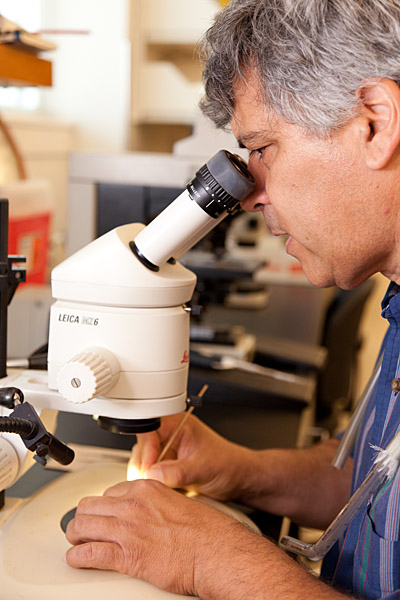Regional Survey of Diamondback Moth (Lepidoptera: Plutellidae) Response to Maximum Dosages of Insecticides in Georgia and Florida

We conducted maximum dose bioassays of insecticide for the control of diamondback moth (DBM), Plutella xylostella (Linnaeus), in cole crops, from 2016 to 2019 at several commercial locations in Georgia and Florida. The nominal maximum dose was defined as the highest labeled rate of an insecticide at the beginning of the survey in the equivalent of 935 liters/ha dilution. The results indicated low insecticide efficacy for high labeled rates of the following insecticides by common name (Insecticide Resistance Action Committee group number in parentheses). Our 4-yr survey identified very low levels of DBM larval control (<47%) by lambda-cyhalothrin (3), methoxyfenozide (18), pyriproxyfen (7C), novaluron (15), bifenthrin (3), chlorantraniliprole (28), indoxacarb (22A), and methomyl (1A). The best products for DBM control (>74%) listed in decreasing average levels of efficacy were naled (1B), cyclaniliprole (28), tolfenpyrad (21A), emamectin benzoate (6), and cyantraniliprole (28). Intermediate levels of control (61-71%) were obtained with Bacillus thuringiensis subspecies aizawai (11A), Bacillus thuringiensis, subsp. kurstaki, strain ABTS-351 (11A), and spinetoram (5). This rapid bioassay provided the grower with a ranking of insecticide efficacy for the control the DBM population for that farm site. These data allowed growers to make an informed decision on control quickly and plan for resistance management rotations for DBM that season.
David Riley, Hugh Smith, John Bennett, Philip Torrance, Evan Huffman, Alton Sparks, Jr, Charles Gruver, Thomas Dunn, Donald Champagne. J Econ Entomol. 2020 Jun 19;toaa125. doi: 10.1093/jee/toaa125.
